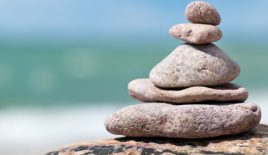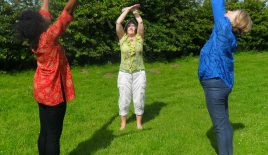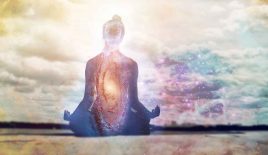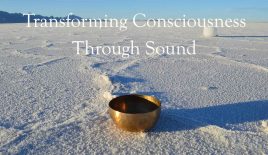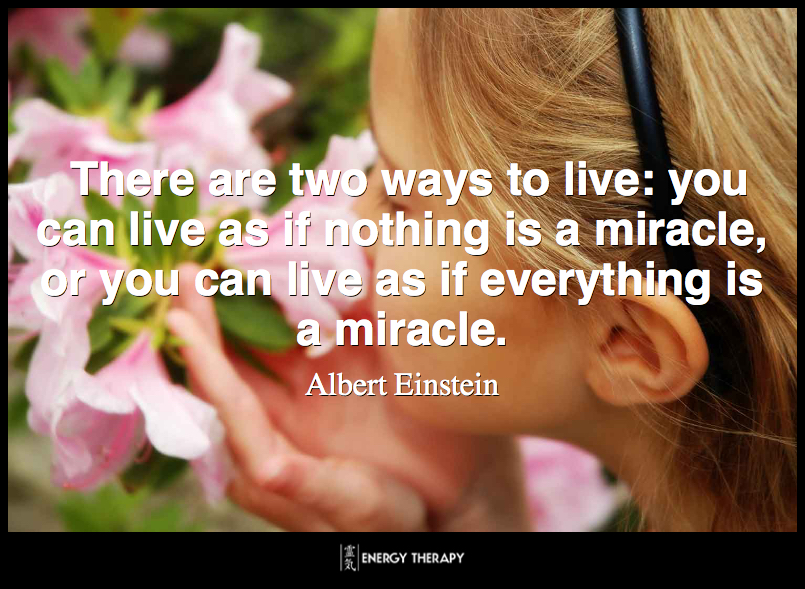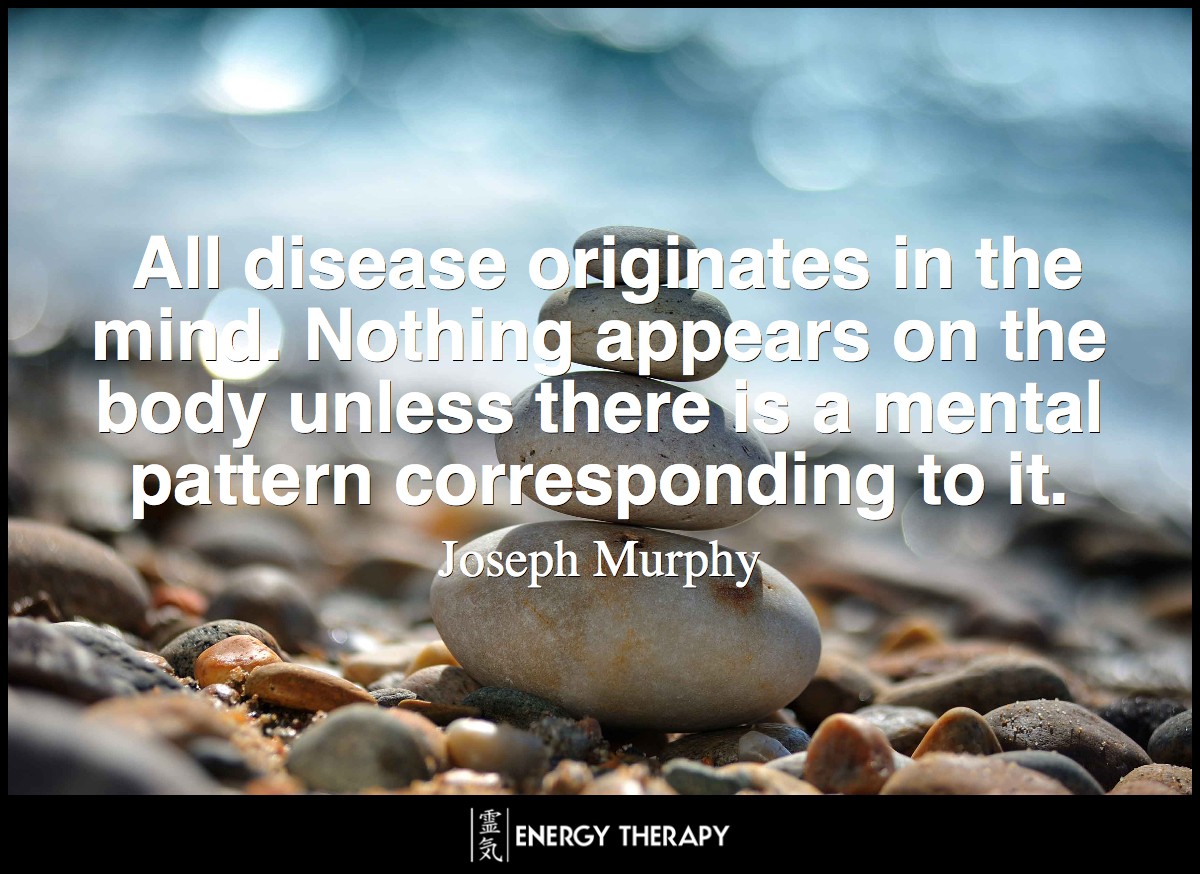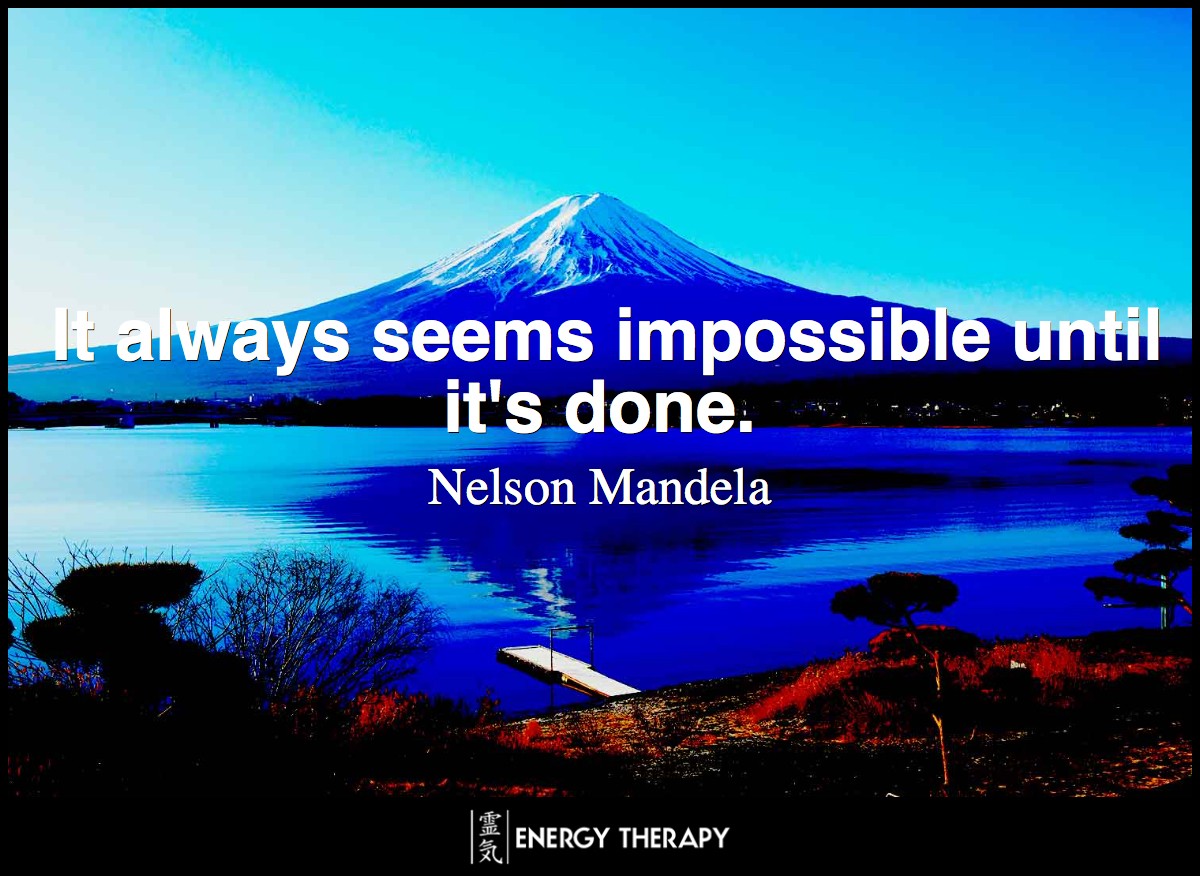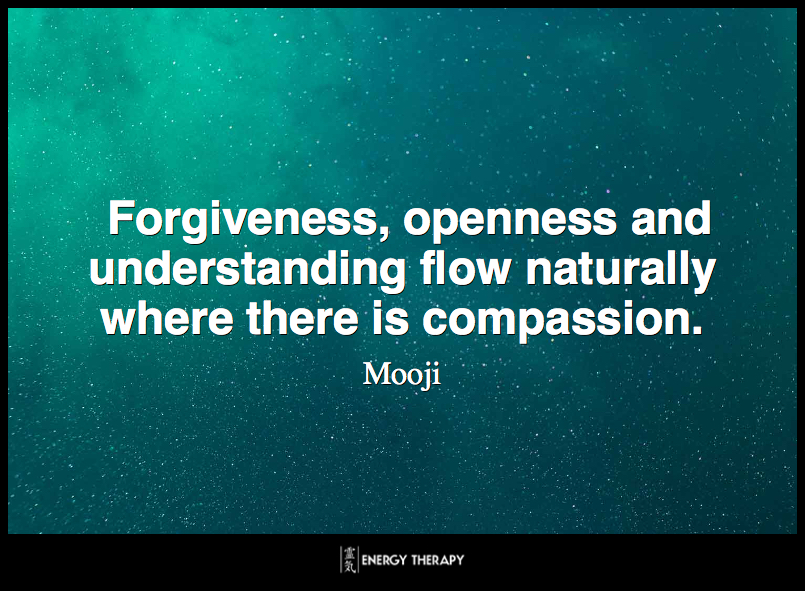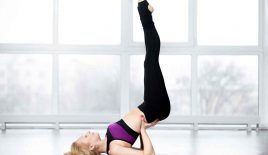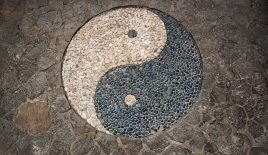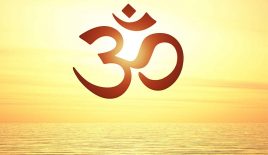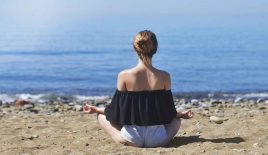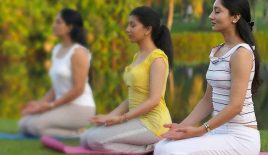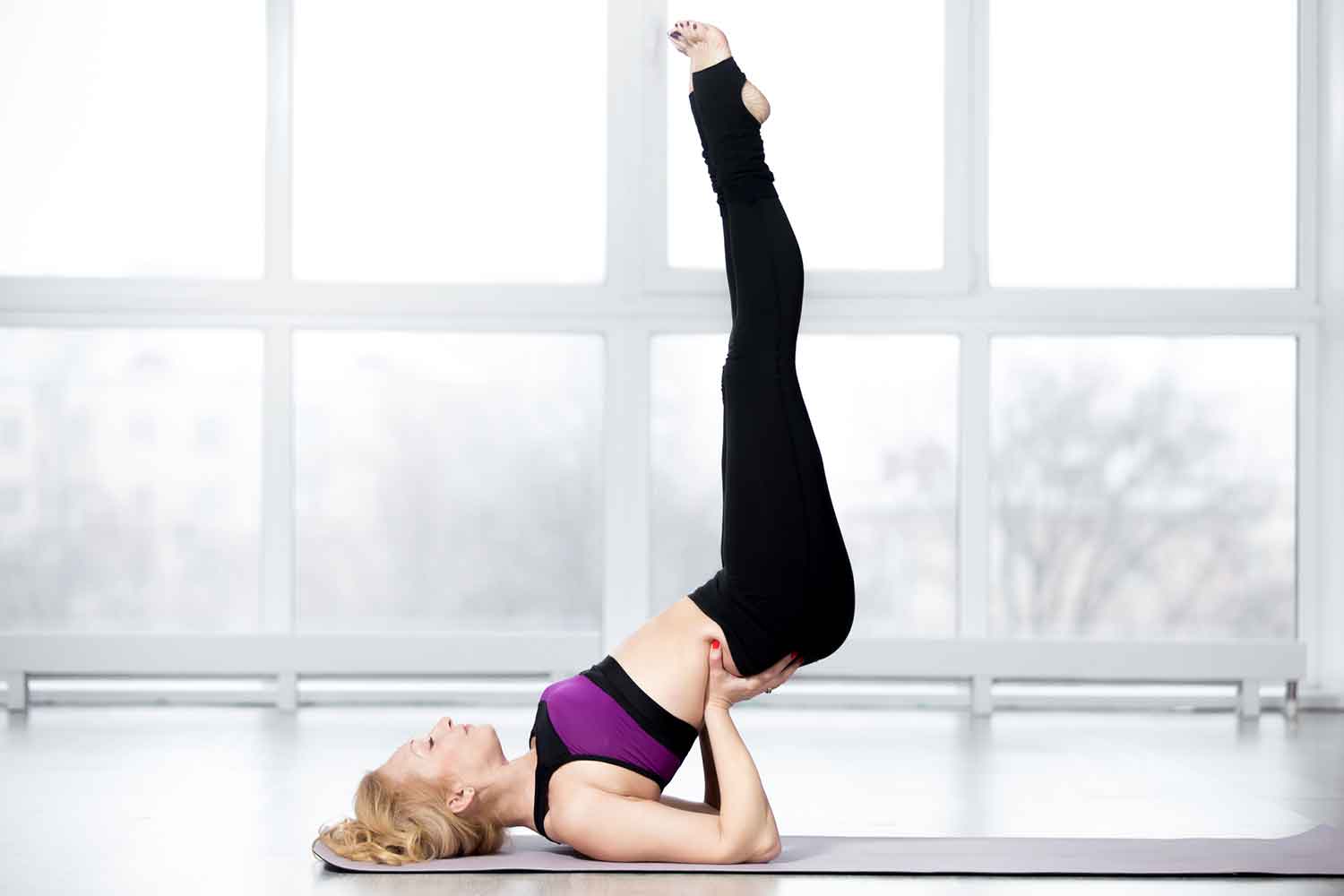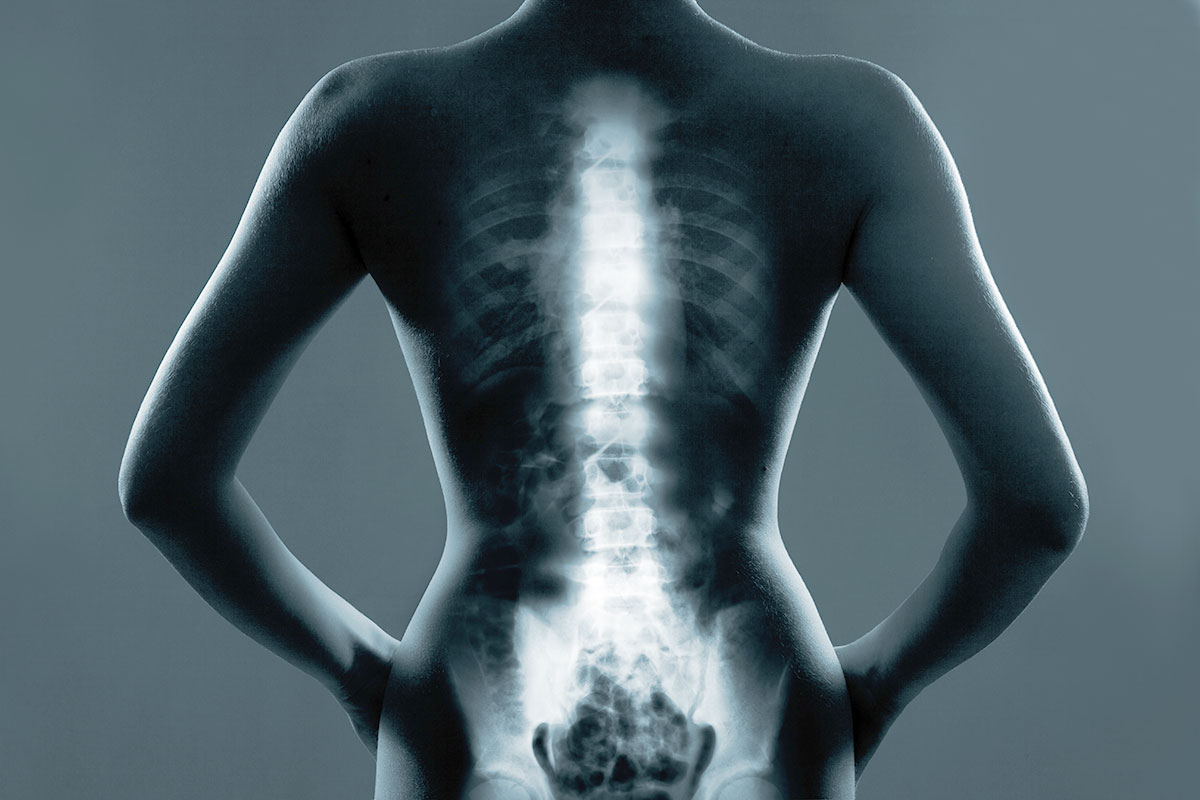Why you need to get upside down! Inversions in yoga for health and wellbeing!
One of the most important practices of yoga are the inversions. Man is usually upright, apart from when he is sleeping, and the force of gravity constantly pulls on his internal organs, blood and energy.
Why is it that we have many common disorders of the lower body, such as varicose veins, sore legs and feet, irritations of the colon and bowel, diseases of the reproductive organs, sagging abdomens, a weakening of the functions of our visceral organs (heart, lungs liver, pancreas, intestines), droopy facial muscles, and a general feeling of heaviness or lethargy?
The downward pull of gravity means the lower (part of the) body receives too much blood and too much pressure from above, and it is also unfortunate for the organs and glands above the heart which do not receive their fair share of blood, particularly the brain. The negative effects of gravity only becomes more pronounced with time – as the vigour and vitality of youth recedes to give way to premature middle and old age.
Even more crucially, from the standpoint of yoga, which asks the aspirant to raise his or her energy up the spine to the brain and higher centres of awareness, it is obvious that the constant downward pull of gravity works against the yogi’s endeavour to raise his/her energy up, and to transmute lower consciousness into a higher state of blissful awareness.
The solution is to use gravity to restore proper balance to the body – i.e. work with it.
There’s wisdom in the saying, ‘put your feet up.’
Enjoyed this article and want to know more? Here are some easy steps you can take right now…
- Book a life changing “remote healing session” with Soul Guidance with Jaime: https://www.energytherapy.biz/energy-healing-with-jaime-tanna/
- Join Jaime’s fantastic 1 year Energy Coaching Program: Total Frequency Shift — Discover Radiant Health & Freedom
- Sign up for Jaime’s exciting new substack at https://energytherapy.substack.com/https://energytherapy.substack.com/


